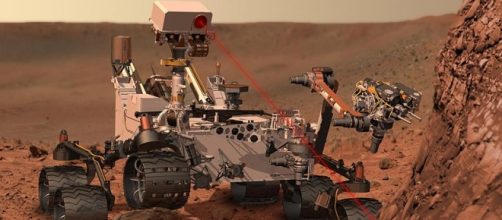Since Mars Science Laboratory landed in Mars, it has used its instruments to perform various operations, including the detection and analysis of sampling objects gathered from the soil and drilled from rocks. It has also been observing the local environment. MSL science goal is to explore a region that exhibits clear prove of past and present habitability. With this plans in perspective, MSK four principal goals include:
Habitability
The first objective is to search and prove that ancient aqueous environments on Mars have been developing any kind of microscopic life and if so, prove that this environment shows some kind of evidence of the chemical building blocks of life, as well as chemical and mineral processes that would have enabled the development of microbes in a particular setting.
Geology
The second objective focuses on evaluating the latitudinal and longitudinal scales of the landing zone by studying the chemistry, isotopes and minerals present at the surface and sub-surface for deducing the processes that have created soils and rocks.
Atmosphere
The third objective centers on the study of the surface processes that have been important for habitability in the past, including the measuring of the evolution of Mars´ atmosphere; and the distribution and cycles of water and carbon dioxide.
Radiation
The fourth objective intends to explain surface radiation across the completely visible spectrum, including solar radiation, coronal mass ejection events (CME) and nuclear reactions.
Scientists believe that each of the measurements performed on Mars are of significant importance; however, the evaluation of present and past habitability may only be determined by the combination and comprehension of all the data collected.
For achieving these objectives, Curiosity is equipped with ten instruments, each performing a specific type of measurement in the samples gathered from the Martian surface. Each of the Rover´s instruments play a crucial role at specific science objectives and more than one instrument contributes to the majority of the science objectives.

